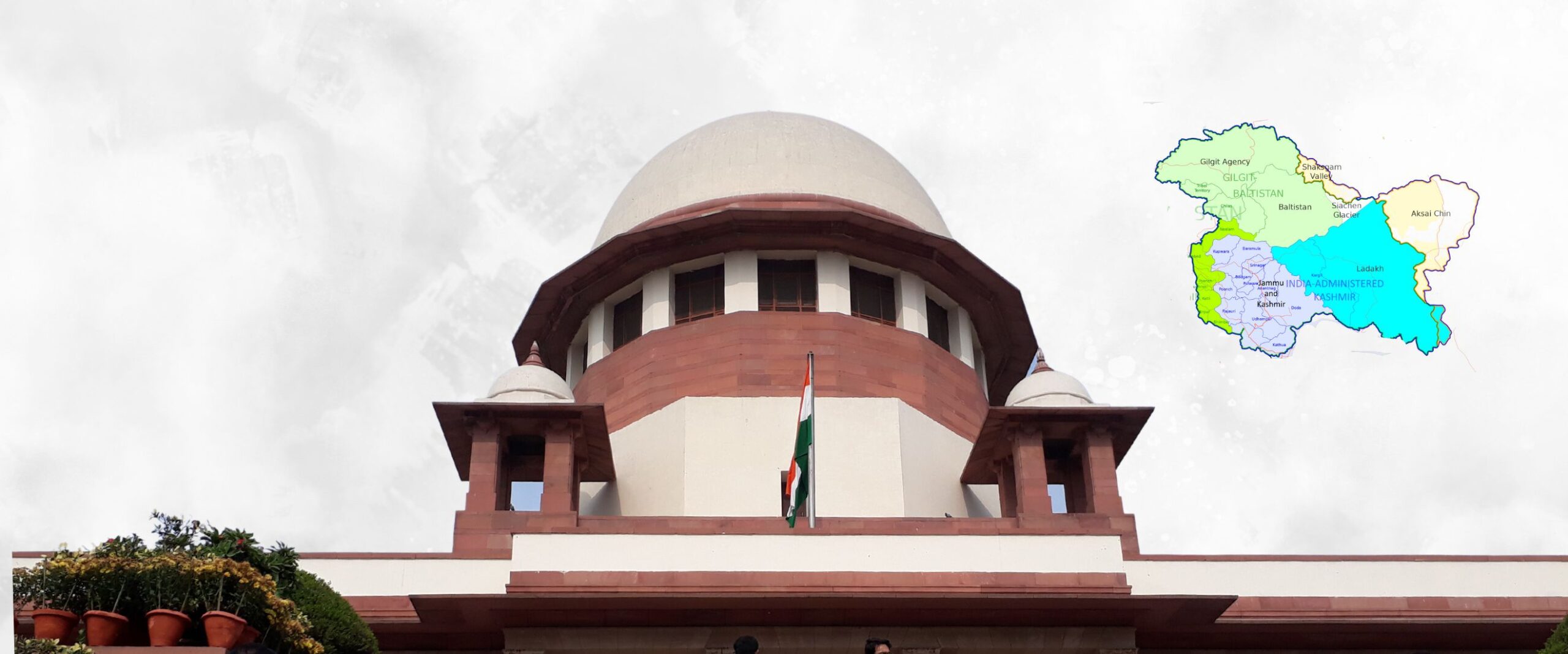
12 HINDU SUCCESSION ACT
Property Rights To Women
The Government has introduced the Hindu Succession (Amendment) Bill, 2004 and the prevention of Child Marriage Bill, 2004 in the Rajya Sabha.
The proposals in the Hindu succession (Amendment) Bill, 2004, are based on the recommendations of the Law Commission in its 17th report on "Property Right of Women: Proposed Reform under the Hindu Law."
Aims of Act
The amendment seeks to remove the gender discrimination in section 6 of the Hindu Succession Act, 1956, by giving equal rights to daughters in the "Hindu Mitakshara Coparcenary Property", such as male heirs.
As per religion
This Act applies to the following:
any person who is a Hindu by religion in any of its forms or developments including a Virashaiva, a Lingayat or follower of the Brahmo, Prarthana or Arya Samaj;
any person who is Buddhist, Sikh by religion; and
to any other person who is not a Muslim, Christian, Parsi, or Jew by religion unless it is proved that the concerned person would not have been governed by the Hindu Law or by any custom or usage as part of that law in respect of any of the matters dealt with herein if this Act had not been passed.
